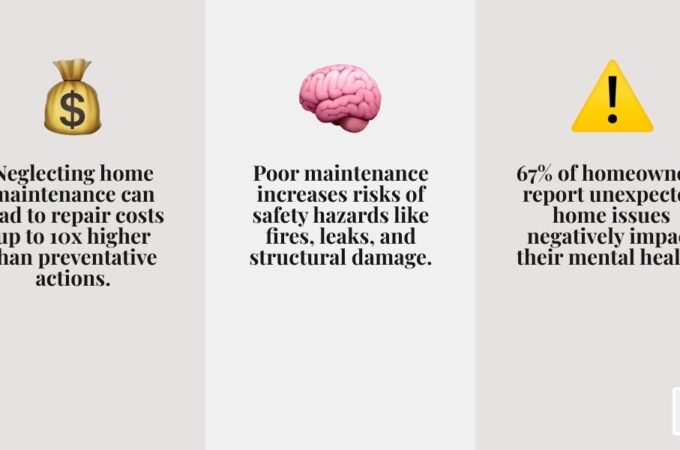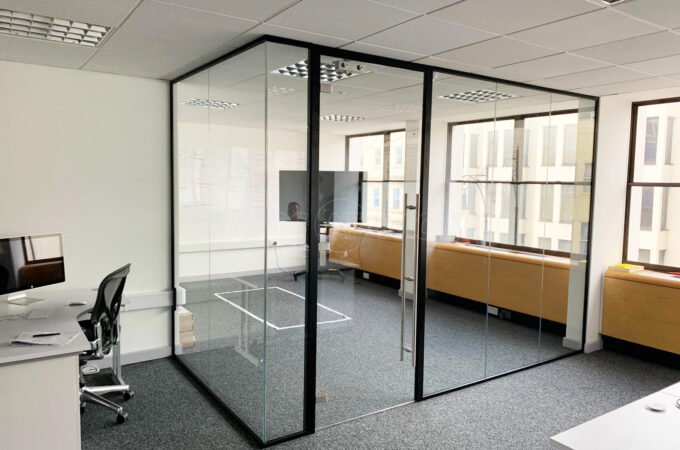
7 Mistakes People Make When Buying a Bed – And How to Avoid Them
Buying a bed is one of those things that seems simple until you do it. You walk into a shop, or click onto a website, and the choice is endless. Styles, sizes, bases, mattresses—it can feel overwhelming. The trouble is, mistakes are easy to make. And once you’ve spent the money, you’re stuck with the wrong bed for years.
Here are seven of the most common mistakes people make when buying a bed—and how you can avoid them.
Table of Contents
Toggle1. Choosing Style Over Comfort
We’ve all seen a bed that looks incredible. A tall winged headboard. A bold frame in leather or metal. It’s tempting to choose on looks alone. But the reality hits the first night. The bed may look like it belongs in a magazine, yet you wake up stiff and tired.
How to avoid it: Make comfort the top priority. A good night’s sleep is the real test of a bed. Think about the mattress type, the firmness, and how it supports your body. Style should come second. A bed can be both attractive and comfortable, but comfort should always lead the way.
2. Buying the Wrong Size
This is one of the most common mistakes. Many people choose a smaller bed to save money or to leave space for other furniture. The problem is, a bed that’s too small ruins your sleep. Couples end up fighting for space. Even single sleepers may feel cramped. On the flip side, some buy a super king when the room can’t handle it. The result is a bed that dominates the space, leaving no room to move around.
How to avoid it: Measure your room carefully. Leave at least 60–70 cm of walking space around the sides and foot of the bed. Then choose the biggest bed that fits comfortably. You’ll never regret extra sleeping space, but you will regret tripping over a frame that’s too large.
3. Forgetting About the Base
Many shoppers think only about the mattress. But the base is just as important. A poor-quality base can sag, squeak, or break down early. It also shortens the life of the mattress, which ends up costing more in the long run.
How to avoid it: Invest in a solid base, like the ones sold at www.hf4you.co.uk. Divan bases are practical, ottoman bases give you storage, and sturdy frames offer style. Whatever you pick, make sure it works with your mattress and supports it evenly.
4. Ignoring Support Needs
Not everyone needs the same level of support. A soft mattress can feel cosy at first, but it may leave your spine unsupported. Too firm, and you may wake with aching shoulders or hips. The right level of support depends on your build, weight, and the way you sleep.
How to avoid it: Side sleepers usually do better with medium support to ease pressure on shoulders and hips. Back or stomach sleepers may need firmer support to keep the spine straight. If you have back pain, don’t guess. Check guides or test different firmness levels before buying.
5. Not Thinking About Storage
A bed takes up most of the room. In small bedrooms, this can mean there’s little space left for storage. Many buyers don’t think about this until later. They then end up cramming in extra wardrobes or drawers, which make the room feel cluttered and small.
How to avoid it: If storage is a concern, pick a bed that works harder. Divans with drawers or ottoman beds give you hidden space without adding bulk to the room. You can often store bedding, shoes, and even suitcases inside, freeing up valuable floor space.
6. Skipping the Trial Period
Testing a mattress in a showroom for five minutes tells you very little. Some buyers then make the mistake of purchasing online without checking if there’s a trial. If the mattress feels wrong after a week, they’re stuck with it.
How to avoid it: Look for sellers who offer a trial period. Many give 30, 60, or even 100 nights to test at home. This is the best way to know if the bed really works for you. If it doesn’t, you can swap it before you’re locked in.
7. Going for the Cheapest Option
Price matters, but the cheapest bed shop is not always the best. A budget mattress may last only a couple of years before sagging. You’ll then have to buy again, which means you spend more in the end. Worse, poor sleep affects your health, mood, and productivity.
How to avoid it: Set a realistic budget. Remember, you’ll spend a third of your life in bed. It’s worth paying for comfort and durability. That doesn’t mean the most expensive option—it means the best value within your budget.
Don’t Rush
A bed isn’t just another piece of furniture. It shapes the way you sleep, and good sleep shapes the way you live. By avoiding these seven mistakes, you can choose a bed that fits your space, supports your body, and lasts for years. Don’t rush the decision. Take the time to measure, compare, and think about how you’ll feel not just the first night, but many nights from now.






